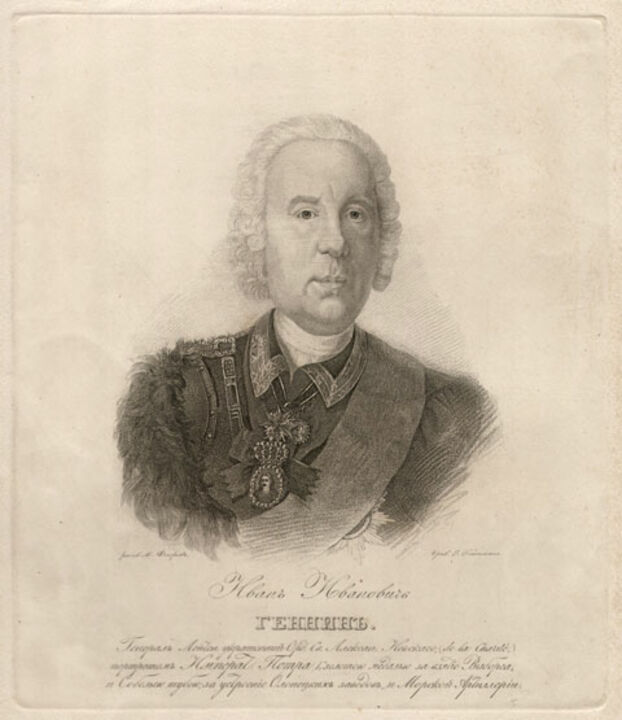Georg Wilhelm Henning: How the art of iron casting from Siegen came to Russia
Siegen. On April 12, 1750 the Siegen officer and merchant Georg Wilhelm Henning (born on October 11, 1676) died. For 52 years he was in Russian imperial service and gained general fame and respect with his activity as a major general of artillery and engineer. Moreover, Henning is the founder of the two most important cities in the Urals: Perm and Ekaterinburg. Russia owes to him the status of being one of the largest iron producers in Europe.
According to historical sources, more than 300 years ago Georg Wilhelm Henning was born in Siegen. As a young man, he worked as a molder in a Siegen iron foundry. Casting technology in the Siegerland region was at a very advanced stage at that time. It was forbidden to practice and teach the art of smelting outside the country. Nevertheless, individual specialists emigrated, such as Henning, who became a "fireworker" (non-commissioned officer in the army's ordnance department) in Amsterdam.
Meeting the tsar
There he met the Russian tsar Peter the Great in 1698. That same year he traveled to Russia and began instructing young nobles in artillery in Moscow.
Henning was appointed commander of the Olonec province. Olonec is located east of Lake Ladoga and has many lakes and ores. Here he had several factories built that supplied guns and ammunition to the Navy.
Born in Siegen, he confessed that he came here with good basic knowledge, but he grew more and more at the tasks he was given here and had to teach himself many things.
Together with the economic organizer, statesman and scientist Vasily Tatiscev, in 1722 Henning began the planned construction of the city of Ekaterinburg, which was formed around the ironworks founded there. The city was named after the beautiful Tsarina Catherine I and St. Catherine, patron saint of miners. Furthermore, Henning founded the city of Perm a year later on the basis of copper ore discoveries. In a short time Ekaterinburg and Perm became the centers of iron metallurgy in the Urals.
Siegen citizen elevated to russian nobility
In 1730, the Major General was elevated to the nobility and given the management of the Siberian works he had founded.
Henning died on April 12, 1750, leaving a considerable fortune to his two sons. He was buried in Saint Petersburg.

Genius loci
Thomas Kellner worked on a project, genius loci, where he deconstructed steel industries in the Russia urals and in the German Siegerland to show the connection of both cities and countries.
Has commemorating the anniversary of the death of Georg Wilhelm Henning been interesting to you and a useful Information?
Interested in regular information about Thomas Kellner and his art works? Signe in here.








